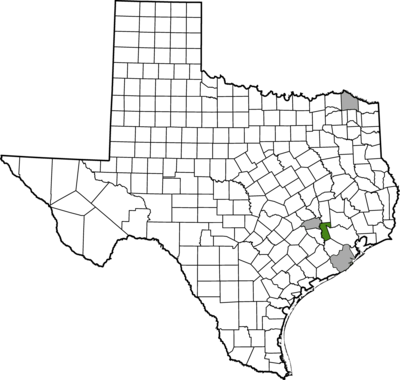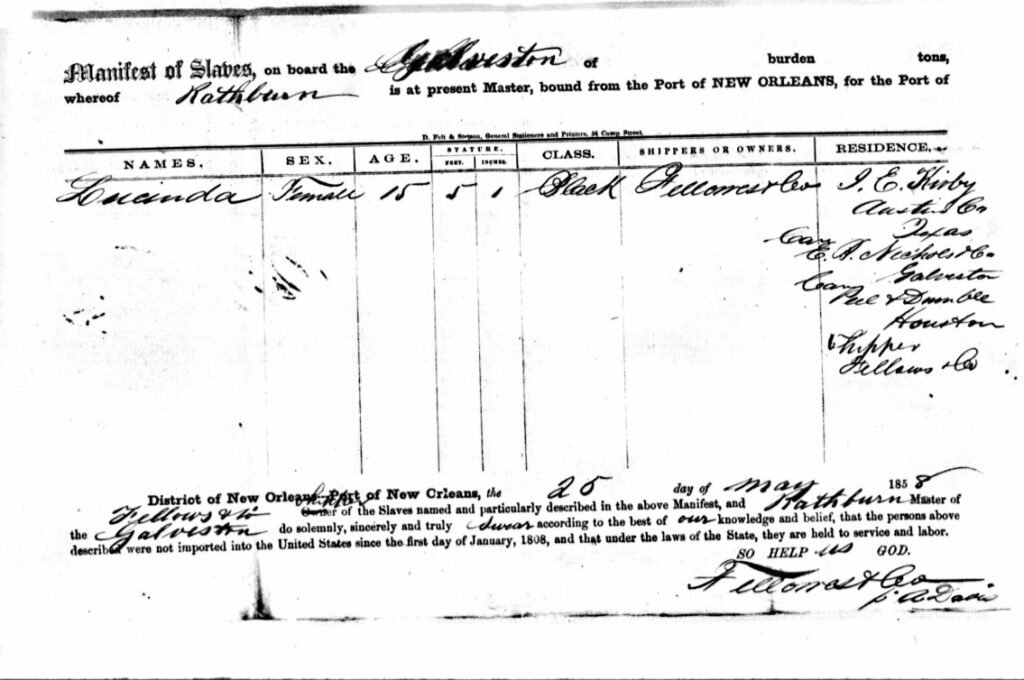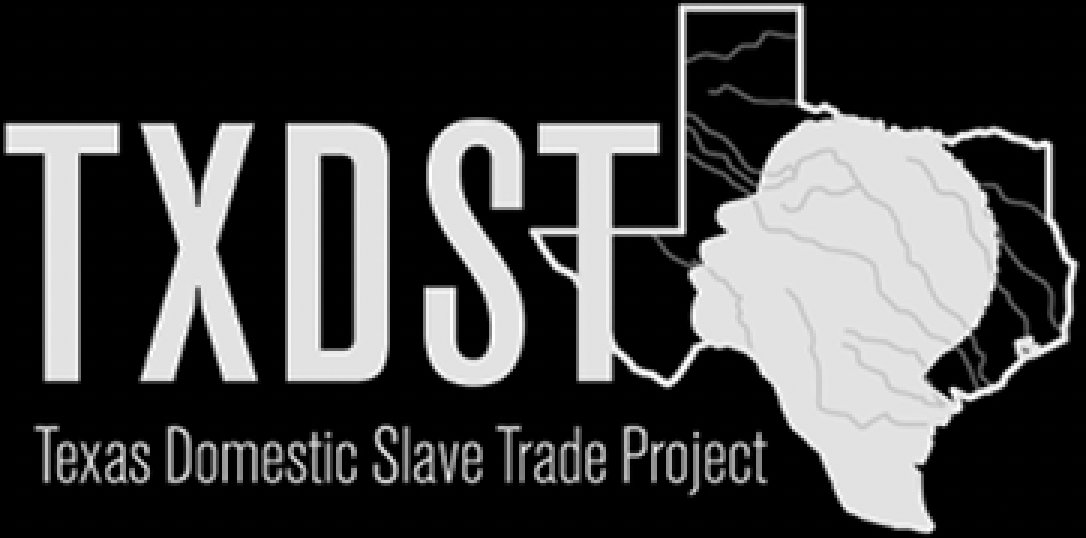
Waller County
Understanding Slavery from Top down and Bottom Up
Alta Vista: Slavery and Brutality as Remembered through Experiences of the Enslaved, 1858

Jared Kirby’s private life as a planter and master was as active as his public life as a civic leader. His activities as a slave owner bring to light the brutality and inhumane treatment that was inherent to slavery. The enslaved people he owned knew him as “Marster Jack.” To escape his extreme violence enslaved people on his plantation often chose to run away. In 1858, three enslaved men, Dan, John, and Bill, ran away from Alta Vista in search of freedom. The runaway advertisement in the Texas Gazette provides a detailed description of these men including skin, height, and facial features. Kirby suspected that, “These negroes are making for Mexico.”1 During the antebellum period enslaved peoples’ most viable option for freedom was through flight to Mexico because slavery was illegal there. From the historical records available, it is not clear if these men were successful in their bid for freedom. However, it is apparent that they desired freedom and wanted to escape the horrendous conditions at the Kirby Plantation. These conditions were particularly deplorable for Black women.

Violence and sexual exploitation were especially central to the experiences of enslaved women held on Kirby’s plantation. Elizabeth Burney, an enslaved women held at Alta Vista, recalled, “Marster Jack was sho’ mean to his slaves.” Burney remembered, “[Her master had] stripped her naked, laid her on the bare ground, her hands and feet staked out, and whipped her until she had to be carried to the cabin because she would not submit to ‘certain’ things.”2 In addition to the physical and sexual abuse she endured, Elizabeth also went without basic necessities. She recollected, “I never owned a pair of shoes until I was free.” Burney’s experiences illustrate the brutality that accompanied being a slave on the Kirby Plantation and the violence that was the core mechanism for maintaining power over enslaved people at Alta Vista.
Kirby continued to purchase enslaved people up until the Civil War. For example, in 1858, he purchased Lucinda, a fifteen-year-old enslaved girl, in New Orleans, LA. The bill of sale provides a wealth of information regarding the inner workings and networks of individuals who were engaged in the business of slave trading across the Gulf Coast.

Footnotes
1 John Marshal, “Runaway Negroes,” Texas Gazette, November 6, 1858.
2 Frank White, “A History of the Territory that now Constitutes Waller County, Texas, 1821-1884,” Master’s Thesis, University of Texas, 1936, 78.
